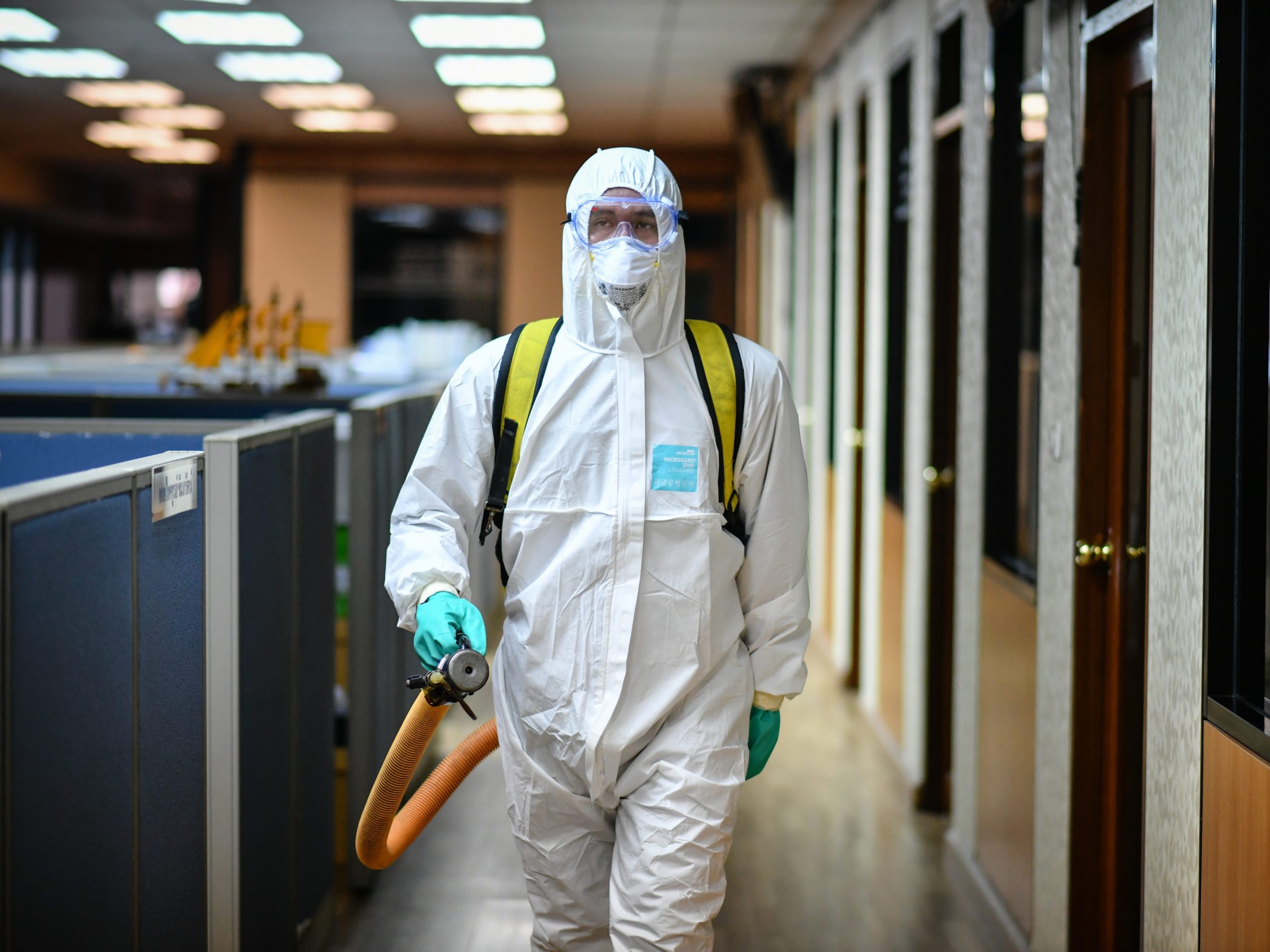
Amphol Thongmueangluang/SOPA Images/LightRocket via Getty Images
- The Occupational Safety and Health Administration, the watchdog for workplace safety, just released guidance on how offices can better ventilate spaces to reduce the transmission of COVID-19 through small particles in the air.
- The Centers for Disease Control and Prevention recently said small COVID-19 particles can travel longer distances in enclosed spaces that have “inadequate ventilation.”
- OSHA recommends offices introduce fresh air by keeping windows open where possible.
- The US recorded 103,000 cases of COVID-19 on November 5, the highest single-day count of new daily COVID-19 cases.
- Visit Business Insider’s homepage for more stories.
The US regulator for workplace safety just recommended offices open windows to decrease the spread of COVID-19.
The Occupational Safety and Health Administration, the federal agency that inspects workplace safety, released guidance on November 5 instructing offices to “consider steps to optimize building ventilation.” OSHA said heating, ventilation, and air conditioning professionals can help offices ensure the building ventilates air efficiently.
The new coronavirus continues to spread across the US, as the country recorded the highest single-day count of new daily COVID-19 cases with 103,000.
OSHA instructs workplaces to ensure all HVAC systems are functional and filters with a Minimum Efficiency Reporting Value rating of 13. OSHA also recommends offices introduce fresh air by increasing the HVAC’s outdoor air intake or open windows where possible, and to keep exhaust fans running at maximum capacity in restrooms.
Scientists agree that COVID-19 primarily spreads when an infected person releases droplets in the air when talking, coughing, or sneezing. These droplets typically travel up to 6 feet, but the Centers for Disease Control and Prevention recently said smaller COVID-19 particles can travel longer distances in enclosed spaces that had “inadequate ventilation.”
Thus, enclosed offices that don't have proper ventilation can pose a risk to staff. A recent study on an outbreak in a call center in South Korea found that 44% of infected workers sat on the same floor, and almost all of them sat close together.
"In such a tightly enclosed space without vigorous air movement for a short period of time, I'm afraid you might be exposed," William Schaffner, a professor of infectious diseases at Vanderbilt University told Business Insider's Aylin Woodward.
Ventilation, or the process of introducing outdoor air indoors, can reduce the COVID-19 particles circulating indoors. Along with keeping windows open and bringing fresh air inside, offices can reduce the spread of coronavirus by staggering shifts, keeping remote work, and enforcing flexible schedules, Rachel Morrison, a professor of work psychology at the Auckland University of Technology, wrote in The Conversation.


